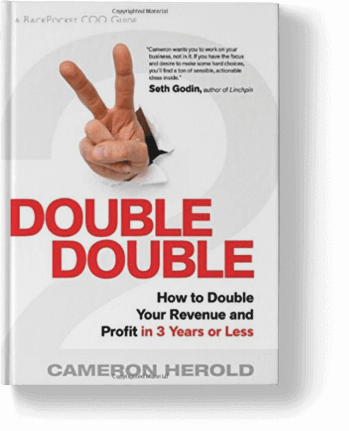A good leader needs to be good at communicating, but sometimes that can be difficult. Sometimes, you trying to be understood can come out seeming like arguing. Other times, you might feel like your ideas aren’t getting understood properly.
So, what is the key to good communication and how do you do it?
Good Communication Requires Good Listening
The key to good communication is listening to what people have to say, not telling them what you need or think you need to say.
But what does listening have to do with you being heard and understood?
Good communication isn’t a one-way street. You can’t bark orders and commands and expect all employees to follow that system. In fact, that technique may even be wildly detrimental to what you’re trying to accomplish with your business.
Value Other People’s Time to Speak
When you value the time other people have to speak, they’ll value yours. This means avoiding interrupting at all costs. If you have something you need to say, save it until it’s your turn to speak. Put simply, treat others how you’d like to be treated.
“It can be tempting to want to speed up the conversation when you think you know where the speaker is going. However, active listening requires that you let the speaker keep talking uninterrupted—regardless if you think you can speed up the pace by finishing their sentence.” – Cameron Herold
Hear the Meaning Behind Words
Good communication requires you to understand the meaning behind each word you’re saying and how tones and inflection can affect that. Try reading this sentence six times while putting the emphasis on a different word each time: “I didn’t say you were beautiful.”
Could you hear how the meaning of the sentence changed each time? If six words can mean so many different things, it’s no wonder that communication within a company can be so confusing and frustrating at times. As a leader, it’s your responsibility to listen carefully to not just the words people are saying, but how they’re saying them, what they’re emphasizing.
There is no end to learning good communication. Good communication requires you to never stop passionately pursuing better communication with everything around you. Good leaders are constantly learning in every aspect of the job.
What do you find is most important when it comes to good communication? Let us know in the comments below.
If you have questions or would like more information, I’d be happy to help. Please send an email, and my team will get in touch with you!
Editor’s Note: This post was originally published in April 2010 and has been edited for accuracy and comprehensiveness.




